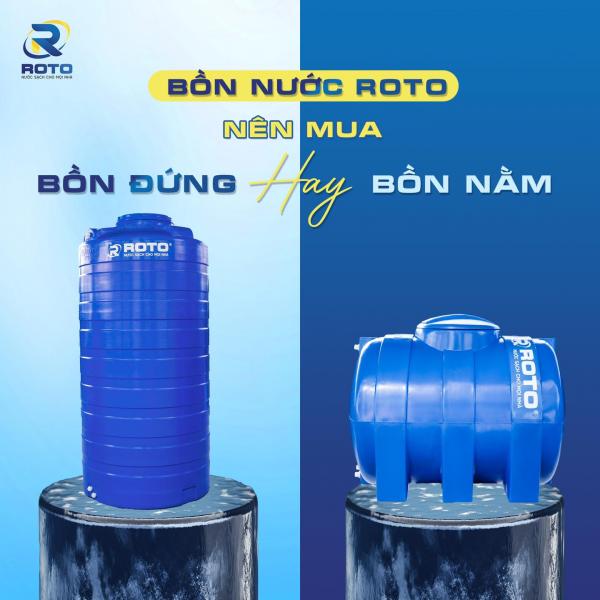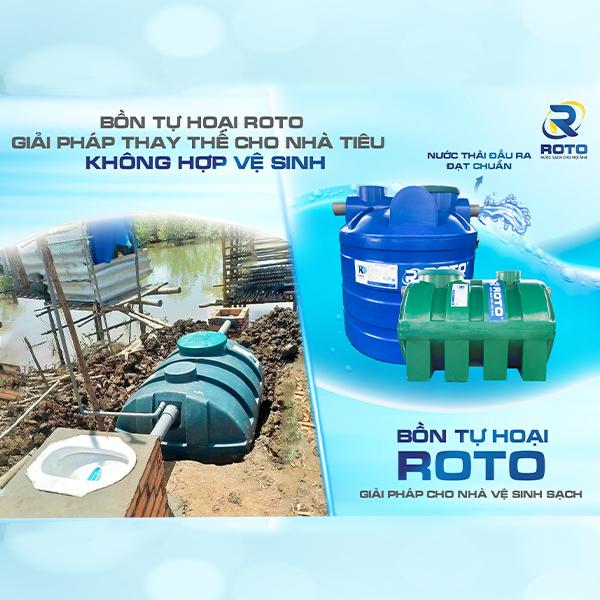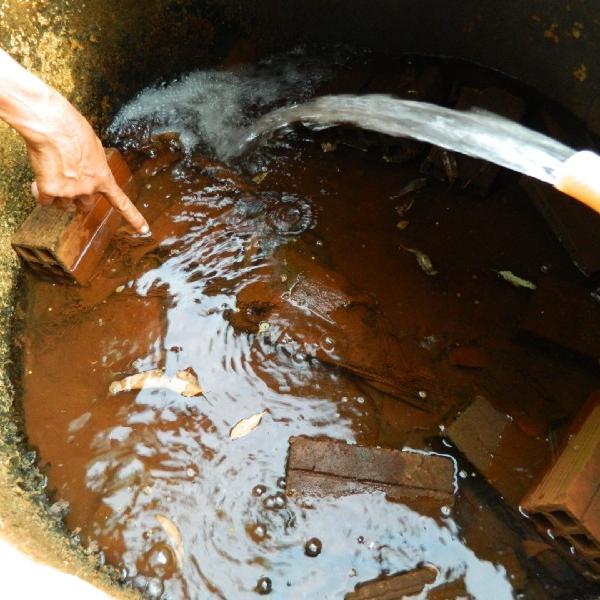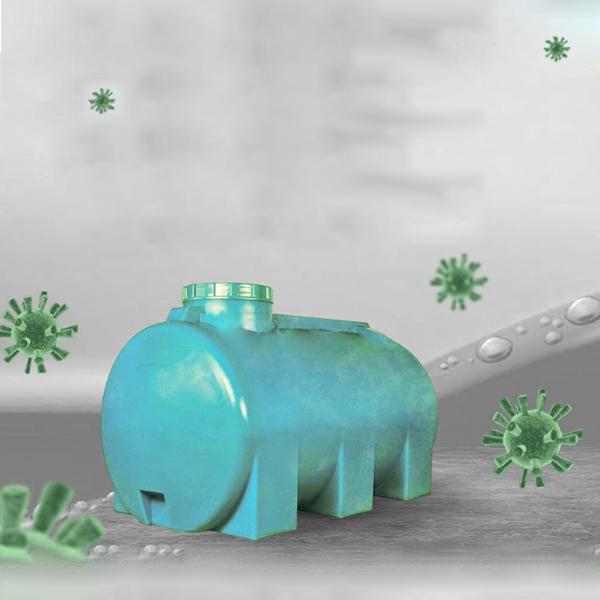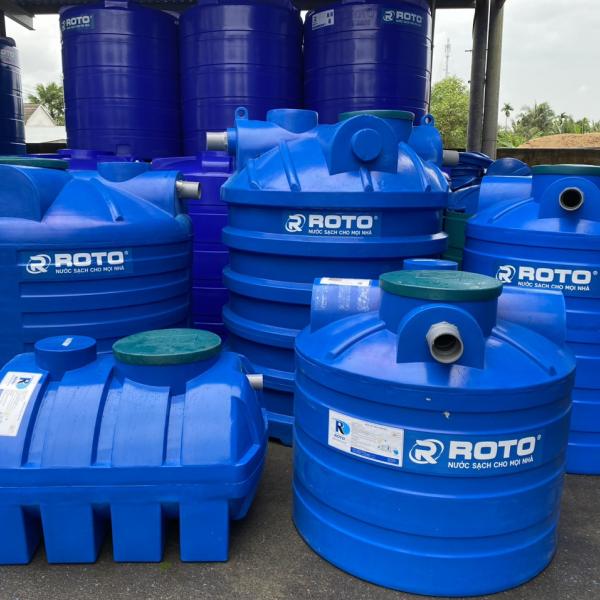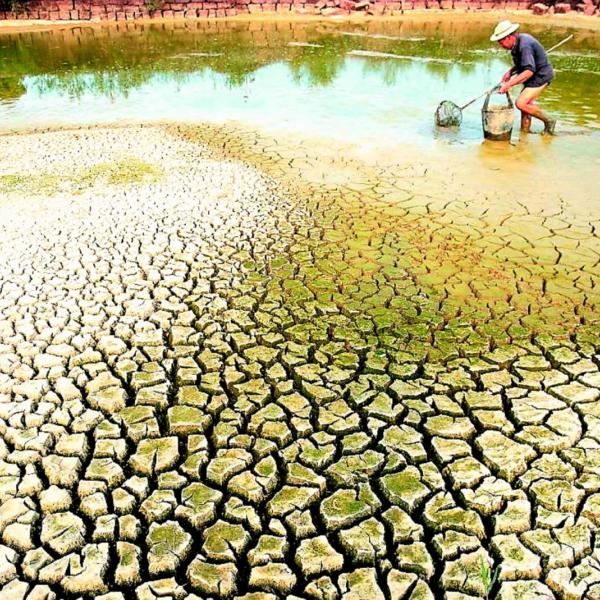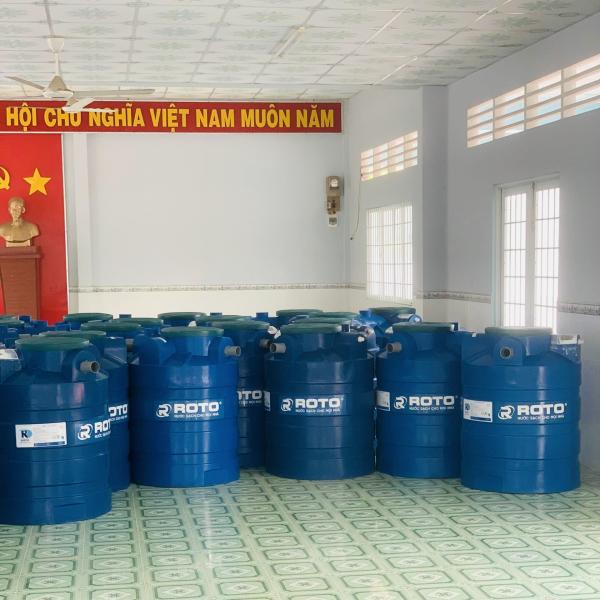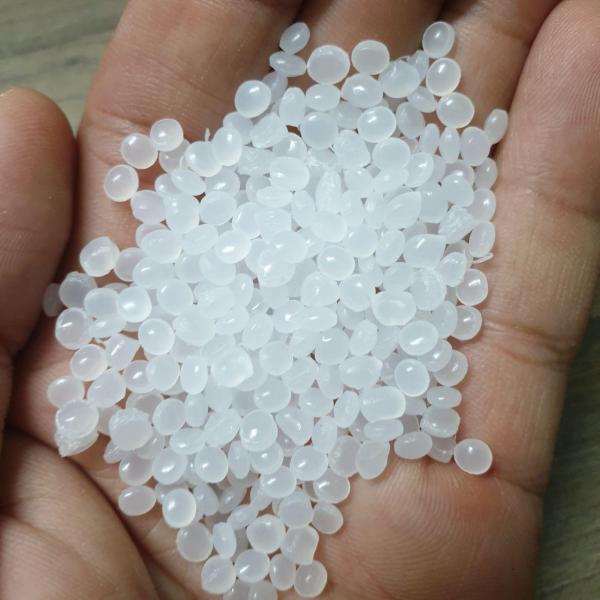Learn about bottlenecks in input materials of Vietnams plastic industry
The export to Japan reached the highest turnover with 565.4 million USD, up 9.8% compared to 2016, accounting for 22.4% of the total export of plastic products. Currently, Japans annual import demand for plastic products is over 10 billion USD. Therefore, this will be Vietnams most potential export market for plastic products. The US ranked second with a turnover of 376.5 million USD, up 13.2% compared to 2016.
.jpg)
But, despite the strong development in recent years, Vietnams plastic industry is still mainly known as an economic - technical industry in plastic processing. Meanwhile, the plastic industry has not been able to fully take the initiative in the source of input materials for production activities because the domestic petrochemical industry has not yet developed.
Learn about the bottleneck in the input materials of Vietnams plastic industry and the current situation
Learn about the bottlenecks in input materials of Vietnams plastic industry for the plastic industry, currently only about 20-25% of raw materials and chemical additives are active, the rest must be imported. Plastics such as PE and PP are still the most imported items and their value increases over the years. This makes the production of the plastic industry highly dependent on raw materials and sales of products from abroad. At the same time, the lack of initiative in the source of input materials will make it difficult for exporters to take advantage of tax incentives due to regulations related to the origin of goods.
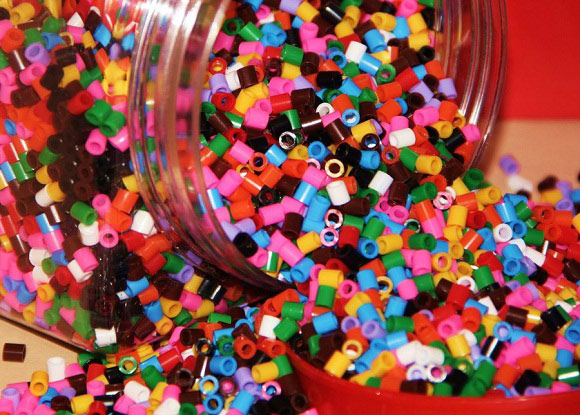
For the demand for importing plastic products in the European market (EU), Japan is still at a high level, and is increasingly favored by Vietnamese plastic products, especially for plastic pipes and plastic bags. In particular, in the EU market, Vietnams plastic products are not subject to anti-dumping duties of 8-30% like other countries. This is also a traditional market, businesses have good penetration ability.
However, these two markets still have many potential barriers. Accordingly, Japan has strict requirements on the quality of goods that many Vietnamese enterprises are still unable to meet due to lack of information and experience. Many countries around the world including the US & EU have also passed a ban on food-preserving plastic products that seriously affect human health and the environment.
Learn about bottlenecks in input materials of Vietnams plastic industry Technology and equipment
Learning about the bottlenecks in the input materials of Vietnams plastic industry, it is not difficult to see that many industrial plastic manufacturing companies are facing difficulties in applying advanced equipment to their production lines due to lack of capital and experience. On the other hand, the manufacturing industry in Vietnam has not yet developed, so most of the machinery and equipment for the plastic industry in our country are now imported from abroad (about 85%).
.jpg)
In 2017, the total value of imported machinery of Vietnams plastic industry reached about $842.7 million. Of which, 42% are imported from China, 15% from Korea and 13% from Japan.
Article source: Collected

